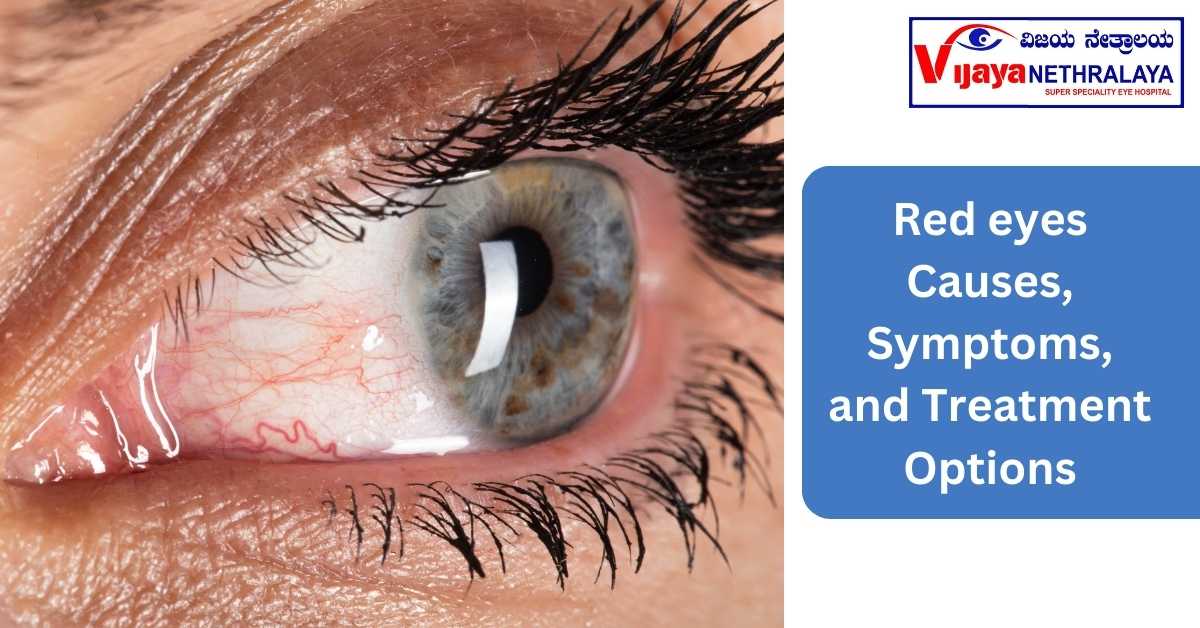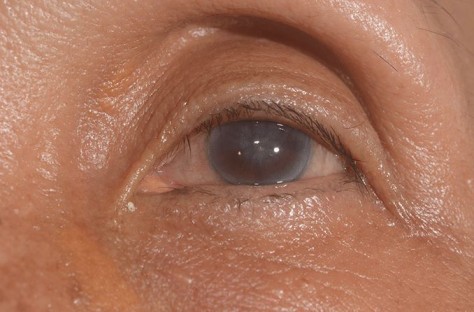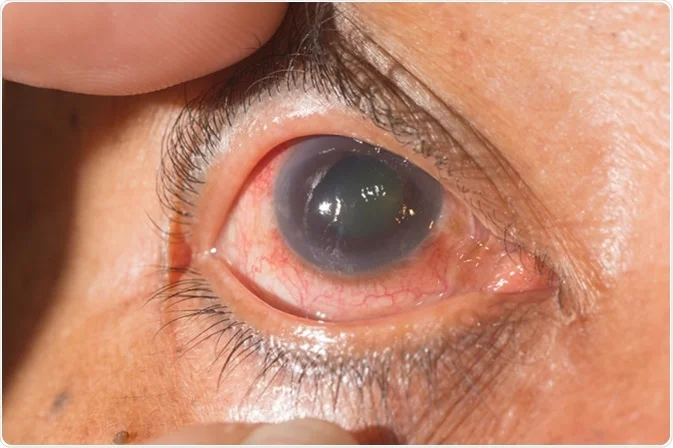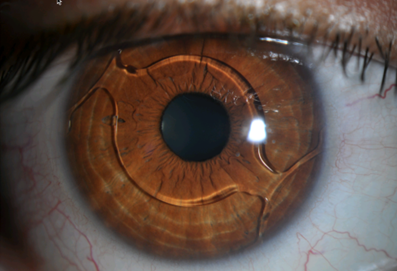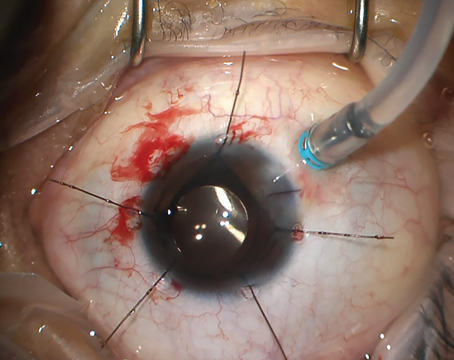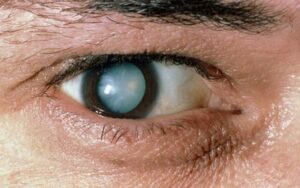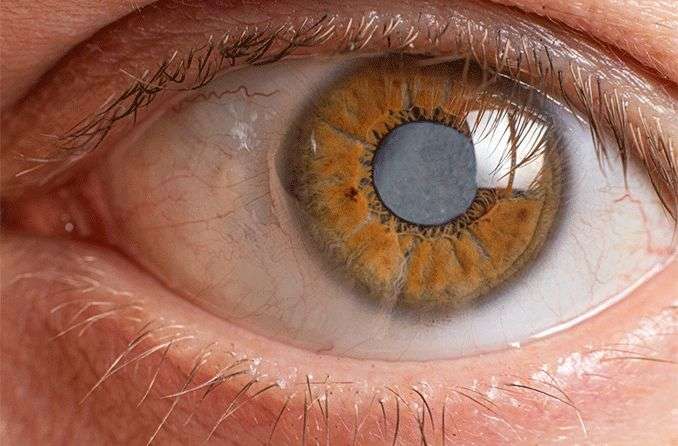Red eyes can be an alarming and uncomfortable experience for anyone. In this article, we will discuss the causes, symptoms, and treatments of red eyes to help you understand this common condition better.
Introduction:
Red eyes occur when the blood vessels in the eyes become dilated or swollen. This can happen due to various reasons such as allergies, infections, eye strain, and many more. While subconjunctival hemorrhage can be uncomfortable and annoying, they are usually not a cause for concern. However, in some cases, red eyes can be a symptom of a more severe condition that requires immediate medical attention.
What Are Red Eyes :
subconjunctival hemorrhage refer to the appearance of the whites of the eyes, which can become red or pink. This can be caused by a variety of factors, such as allergies, infections, eye strain, or even dry eyes. While red eyes are often a temporary and minor condition, they can also be a symptom of a more severe underlying condition, such as uveitis or glaucoma. It is essential to identify the cause of red eyes to receive the appropriate treatment.
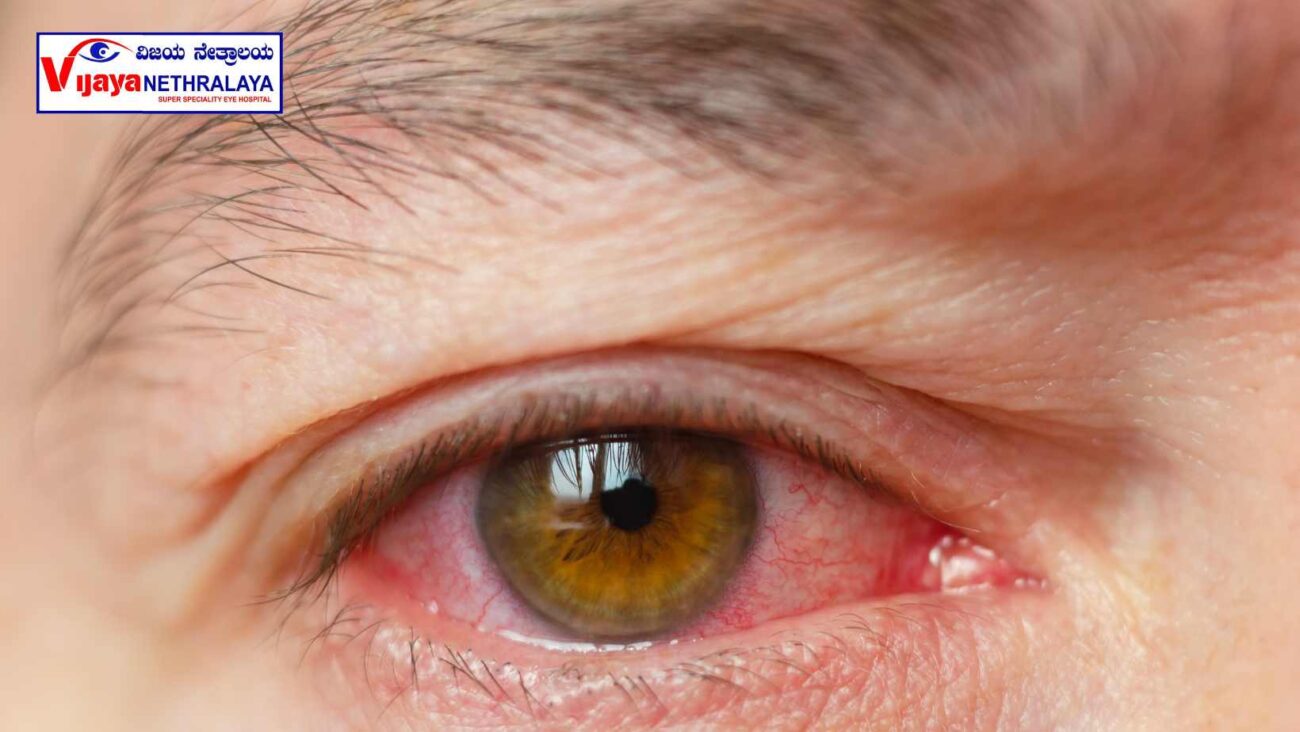
Causes of Red Eyes:
1. Allergies:
Allergies are a common cause of red eyes. Red eyes and allergies is When your eyes come into contact with allergens, such as pollen or pet dander, they can become inflamed and red. Other symptoms of allergies include itching, tearing, and swelling.
2. Infections:
Eye infections such as pink eye can cause redness in the eyes. Pink eye is highly contagious and can be caused by a virus, bacteria, or allergen. If you suspect that you have pink eye, you should avoid touching your eyes and seek medical attention immediately.
3. Eye Strain:
Eye strain is a common cause of red eyes, especially in people who spend a lot of time staring at screens. When you stare at a screen for a long time, your eyes can become fatigued and dry, causing them to turn red.
4. Dry Eyes:
Dry eyes occur when your eyes don’t produce enough tears to keep them moist. This can cause redness, itching, and burning. Dry eyes are more common in older adults, but they can affect people of all ages.
5. Conjunctivitis:
Conjunctivitis, also known as pink eye, is a common condition that can cause redness, itching, and discharge from the eyes. This condition can be caused by a virus, bacteria, or allergen.
6. Contact Lenses:
Wearing contact lenses can cause red eyes, especially if you wear them for an extended period. Contact lenses can cause irritation and inflammation in the eyes, leading to redness and discomfort.
Symptoms of Red Eyes:
1. Pain and Discomfort:
subconjunctival hemorrhage can cause pain and discomfort, especially if they are caused by an infection or injury. You may experience a burning or stinging sensation in your eyes, as well as sensitivity to light this is also a symptoms of red eyes .
2. Blurry Vision:
If you have red eyes, you may experience blurry vision. This can be a sign of a more severe condition, such as uveitis or glaucoma, and requires immediate medical attention is also a symptoms of red eyes .
3. Itching and Burning Sensation:
Red eyes can cause itching and burning in the eyes. This can be caused by allergens or irritants in the environment, such as smoke or chemicals its also a symptoms of red eyes .
4. Swollen Eyelids:
Red eyes can cause swelling and puffiness in the eyelids. This can be uncomfortable and can affect your vision is also reason of red eyes.
Home Remedies for Red Eyes:
1. Cold Compress:
Using a cold compress is an effective way to reduce eye inflammation and redness. You can use a cold compress by placing ice cubes in a clean cloth and placing it over your eyes for 10-15 minutes.
2. Warm Compress:
A warm compress can help increase blood circulation to the eyes and reduce inflammation. You can use a warm compress by soaking a clean cloth in warm water and placing it over your eyes for 10-15 minutes.
3. Cucumber Slices:
Cucumber slices have a cooling effect on the eyes and can reduce redness and puffiness. Place thin slices of cucumber over your closed eyes for 10-15 minutes.
4. Tea Bags:
Tea bags contain tannins that can reduce inflammation and redness. Soak tea bags in warm water and place them over your eyes for 10-15 minutes.
5. Aloe Vera Gel:
Aloe vera gel has anti-inflammatory properties and can soothe red eyes gently apply a small quantity of aloe vera gel on the affected area and let it stay for 10-15 minutes.
6. Rose Water:
Rose water has a cooling effect on the eyes and can reduce redness and inflammation. Dip a clean cotton ball in rose water and apply it to your eyes for 10-15 minutes.
7. Potato Slices:
Potato slices have astringent properties that can reduce inflammation and redness. Place thin slices of potato over your closed eyes for 10-15 minutes.
8. Milk and Honey:
A mixture of milk and honey can soothe red eyes and reduce inflammation. Mix equal parts of milk and honey and apply the mixture to your eyes with a clean cloth for 10-15 minutes.
9. Chamomile Tea:
Chamomile tea has anti-inflammatory properties and can reduce redness and inflammation. Soak chamomile tea bags in warm water and place them over your eyes fo
Treatments for Red Eye:
The treatment of subconjunctival hemorrhage depends on the underlying cause. In certain instances, the condition may improve without requiring any treatment. However, if the redness persists or is accompanied by other symptoms, medical attention may be required. Here are some common treatments for red eyes:
1. Over-the-Counter Eye Drops:
Over-the-counter eye drops containing antihistamines or decongestants can help relieve redness caused by allergies or eye strain.
2. Prescription Eye Drops:
Prescription eye drops containing steroids or antibiotics may be necessary to treat more severe conditions like conjunctivitis or uveitis.
3. Warm Compresses:
Warm compresses can help reduce inflammation and relieve redness caused by dry eyes or eye strain.
4. Antibiotics:
Antibiotics may be necessary to treat bacterial infections that cause red eyes.
Resting the eyes and performing eye exercises can help alleviate eye strain and fatigue, which can cause redness.
Preventions of Red Eyes:
While it may not always be possible to prevent red eyes, here are some tips that may help reduce the risk of developing this condition:
- Practice good hygiene to prevent eye infections, such as washing hands frequently and avoiding touching the eyes with dirty hands.
- Protect the eyes from environmental factors, such as wearing protective eyewear or avoiding smoke and dust.
- Use proper lighting and take frequent breaks when using digital devices or performing activities that require intense focus.
- Keep the eyes lubricated by using artificial tears or taking breaks to rest the eyes when performing activities that require prolonged use of the eyes.
- Manage allergies by avoiding triggers and taking allergy medications as prescribed.
- Maintain a healthy lifestyle by eating a balanced diet, staying hydrated, and getting enough sleep.
Importance of Addressing Red Eyes For Overall Health:
Red eyes can be a symptom of various underlying health conditions and can impact overall health if left unaddressed. Some of the common causes of red eyes include allergies, infections, dry eyes, and eye strain due to prolonged screen time.
Addressing red eyes is crucial to prevent further complications such as blurred vision, eye pain, and sensitivity to light. It is essential to identify the underlying cause and treat it promptly to prevent any long-term damage to the eyes. For instance, untreated allergies or infections can lead to more severe complications and even affect other parts of the body.
Furthermore, red eyes can also be a sign of underlying systemic conditions such as high blood pressure or autoimmune diseases. Hence, it is crucial to seek medical attention to rule out any underlying health issues and receive timely treatment.
In summary, addressing red eyes is crucial not only for the health of the eyes but also for overall health. Therefore, it is recommended to seek medical attention if the redness persists or is accompanied by other symptoms.
How do Maintain Eye Health?
Maintaining eye health is crucial to avoid red eyes and other eye-related problems. Here are some tips to maintain eye health:
- Get Regular Eye Exams – Regular eye exams can detect any potential problems and help you maintain good eye health.
- Protect Your Eyes – Wear sunglasses or protective eyewear to avoid exposure to UV rays and other environmental irritants.
- Follow the 20-20-20 Rule – Take a break every 20 minutes and focus on an object 20 feet away for 20 seconds to avoid eye strain.
- Eat a Balanced Diet – Eating a balanced diet that includes fruits, vegetables, and omega-3 fatty acids can promote good eye health.
- Maintain Proper Hygiene – Washing your hands regularly and avoiding touching your eyes can prevent infections and maintain good hygiene.

Conclusion
In most cases, red eyes are a normal part of life and are nothing to worry about. However, if you experience red eyes frequently or if they last for an extended period, it may be a sign of an underlying condition. Home remedies such as rest, cool compresses, gentle eyelid washing, and light eye massage can help alleviate symptoms. If you experience pain, vision changes, or discharge from your eyes, it is important to seek medical attention.
FAQs :
1. Can red eyes be a sign of a serious medical condition?
Yes, red eyes can sometimes be a symptom of a serious medical condition, such as uveitis, glaucoma, or an eye injury. If you experience persistent redness or other symptoms, it’s important to consult a medical professional for appropriate diagnosis and treatment.
2. Can an eye drop cause redness?
In some cases, eye drops can cause temporary redness or irritation. If you experience these symptoms after using eye drops, consult your eye doctor or pharmacist for advice.
3 . Can red eyes be prevented?
While it may not always be possible to prevent red eyes, there are several steps you can take to reduce your risk. These include practicing good hygiene, protecting your eyes from environmental factors, using proper lighting, keeping your eyes lubricated, managing your allergies, and maintaining a healthy lifestyle.
4 . Are there any home remedies for red eyes?
Yes, several home remedies may help alleviate red eyes, such as applying warm compresses, using over-the-counter eye drops, and getting plenty of rest. However, if your symptoms persist or worsen, it’s important to consult a medical professional for appropriate diagnosis and treatment.
5 . Can red eyes be contagious?
Red eyes can be contagious if they are caused by an infection such as conjunctivitis. If you suspect you have an eye infection, it’s important to take precautions to avoid spreading the infection to others, such as washing your hands frequently and avoiding close contact with others.
6 . Is it normal to have red eyes?
Red eyes are usually a normal part of life, but if they occur frequently or last for an extended period, it may be a sign of an underlying condition.
7 . can I alleviate red-eye symptoms?
Yes, there are several ways to alleviate red-eye symptoms. Here are some options: Eye drop, Cold compress , Warm compress, Rest your eyes, Hydrate, Get enough sleep.

